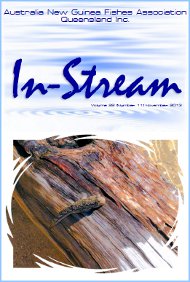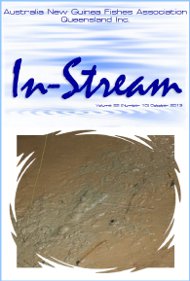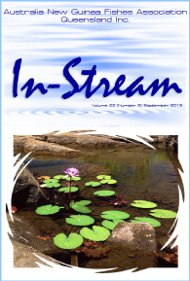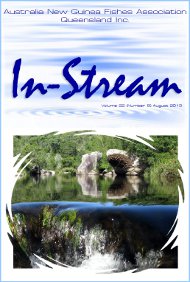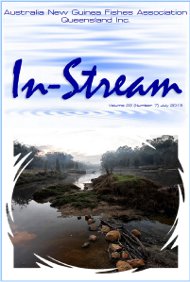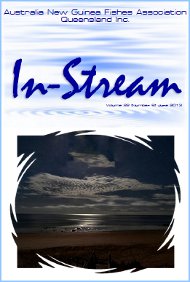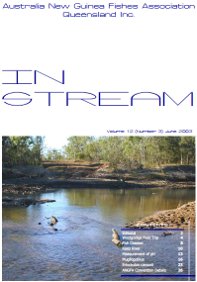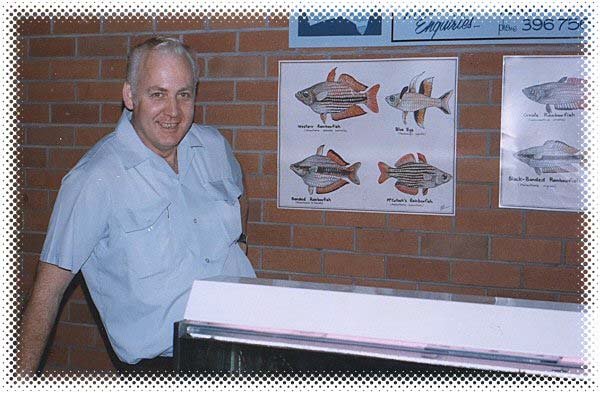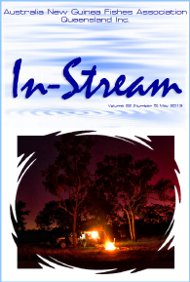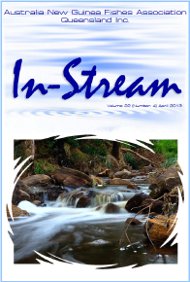Original story by Jeanavive McGregor and Jake Sturmer, ABC News
The latest United Nations report card on the impacts of climate change predicts Australia will continue to get hotter.

Sunset over Adelaide. Scientists believe the world is still on track to become more than two degrees Celsius warmer. Photo: Ching-Ling Lim
The ABC has obtained drafts of the report by the Intergovernmental Panel on Climate Change (IPCC).
Scientists believe the world is still on track to become more than two degrees Celsius warmer – and that potentially means whole ecosystems could be wiped out.
Chapter 25 of the IPCC’s report has identified eight potential risks for Australia:
- The possibility of widespread and permanent damage to coral reef systems – particularly the Great Barrier Reef and Ningaloo in Western Australia.
- Some native species could be wiped out.
- The chance of more frequent flooding causing damage to key infrastructure.
- In some areas, unprecedented rising sea levels could inundate low-lying areas.
- While in others, bushfires could result in significant economic losses.
- More frequent heatwaves and temperatures may lead to increased morbidity – especially among the elderly.
- And those same rising temperatures could put constraints on water resources.
- Farmers also could face significant drops in agriculture – especially in the Murray-Darling Basin.
Worst-case scenario could see 40 per cent drop in production
The report said the worst-case scenario for the Murray-Darling Basin, south-east and south-west Australia would mean a significant drop in agricultural production.
The rigorous report process
The upcoming report includes 310 lead authors from 73 different nationalities.
Australian scientists are heavily involved as authors and reviewers of the Working Group reports.
Lesley Hughes, the lead author of the paper on Australasia, says Australia “punches above its weight”.
“We are disproportionately a larger group than you might otherwise think based on our population in the IPCC authorship team,” she said.
“We have a lot of scientists working on climate change issues and that is because we see Australia as being particularly vulnerable to the impacts of climate change.”
The reports take up to five years to produce, undergoing a rigorous review process.
For example, 48,000 review comments were received on the upcoming report.
Professor Hughes says the process is not really a matter of achieving consensus, but rather is about evaluating the evidence.
The Australasia chapter alone has 1,000 references.
“They are certainly the largest reports ever produced on climate change and its associated risks but I think probably some of the most careful documents put together anywhere,” she said.
“I rather naively thought that eight people and 25 pages to write, how long can it possibly take to write three-and-a-bit pages?
“The answer to that is about three years. There is much discussion about the weight of evidence so it’s a very long, detailed and careful process.”
CSIRO chief research scientist Mark Howden said the latest science predicts production could drop by up to 40 per cent under a severe drying scenario.
“At current rates of emissions, we are likely to go past two degrees,” Dr Howden said.
“There are various analyses that indicate it’s highly unlikely that we’ll stay below two degrees in the absence of major activities to reduce greenhouse gas emissions.
“The longer we delay activities to reduce those … emissions, the more likely it is we’re going to go above two degrees.
“Higher degrees of temperature change also carry with them higher degrees of rainfall change, both in terms of their average rainfall and likely increases in rainfall intensity.
“Both of those have implications for agriculture and both of those aren’t necessarily good.”
Despite forecasts of less rain and hotter temperatures, irrigators maintain they have a central role to play in the nation’s future.
“That is why you have irrigation. It evens out those severe weather events such as a drier climate,” National Irrigators Council chief executive officer Tom Chesson said.
“People forget that Australia is so far ahead when it comes to water management. We are the cutting edge of water management in the world.
“It would be a [mistake] to think that we have been sitting on our hands and doing nothing. Necessity is the mother of all invention.”
Concerns about future of coral reefs
The final draft of the Australasia chapter raises serious concerns about the future of the the nation’s coral, finding there is likely to be “significant change in community composition and structure of coral reef systems in Australia”.
University of Queensland marine scientist Ove Hoegh-Guldberg says there are already concerns about the rate of change.
“We’re seeing changes which haven’t been seen since the dinosaurs,” Professor Hoegh-Guldberg said.
“If we continue on this pathway, corals continue to plummet and places like the Great Barrier Reef may no longer be great.
“If we keep on doing on what we’re doing – and that’s ramping up local and global stressors – coral reefs will disappear by the middle of this century or be in very low amounts on reefs around the world.”
Ocean temperatures continue to rise
Three years ago during a plenary session in Venice, the member nations of the IPCC resolved for the first time to include a separate chapter on oceans for the Working Group II report.
Oceans cover 71 per cent of the planet’s surface and changes to the ocean’s environment are playing a central role in the management of climate change.
Scientists agree that the ocean’s surface temperatures have continued to increase throughout the 20th century and into the 21st.
IPCC drafts indicate the Indian, Atlantic and Pacific oceans have warmed by as much as half a degree, which has profoundly altered marine ecosystems.
Rising water temperatures and some levels of ocean acidification mean species are on the move.
Changed migratory patterns of fish and other catch pose significant risks to commercial fishers and other coastal activities.
Sea urchins once found only as far south as New South Wales have made their way to Tasmania.
The CSIRO’s Elvira Poloczanska said the urchins could destroy kelp forests, which had flow-on effects for rock lobsters.
“Kelp forests, much like forests on land, provide a habitat for a huge number of species,” Dr Poloczanska said.
“So a number of fish, vertebrates – including commercial species such as the rock lobster.
“As the forests disappear, so these species will disappear from the particular area as well.”
But interestingly, scientists do see some benefits and opportunities for some commercial fishing and other aquaculture industries in line with these changing patterns.
Despite progress being made on mitigation and adaptation measures, land management practices including pollution, nutrient run-off and overuse of marine resources also pose risks to marine life.
The report calls for internationally recognised guidelines to assist adaptation strategies already in place.
The report is due to be released on March 31.
